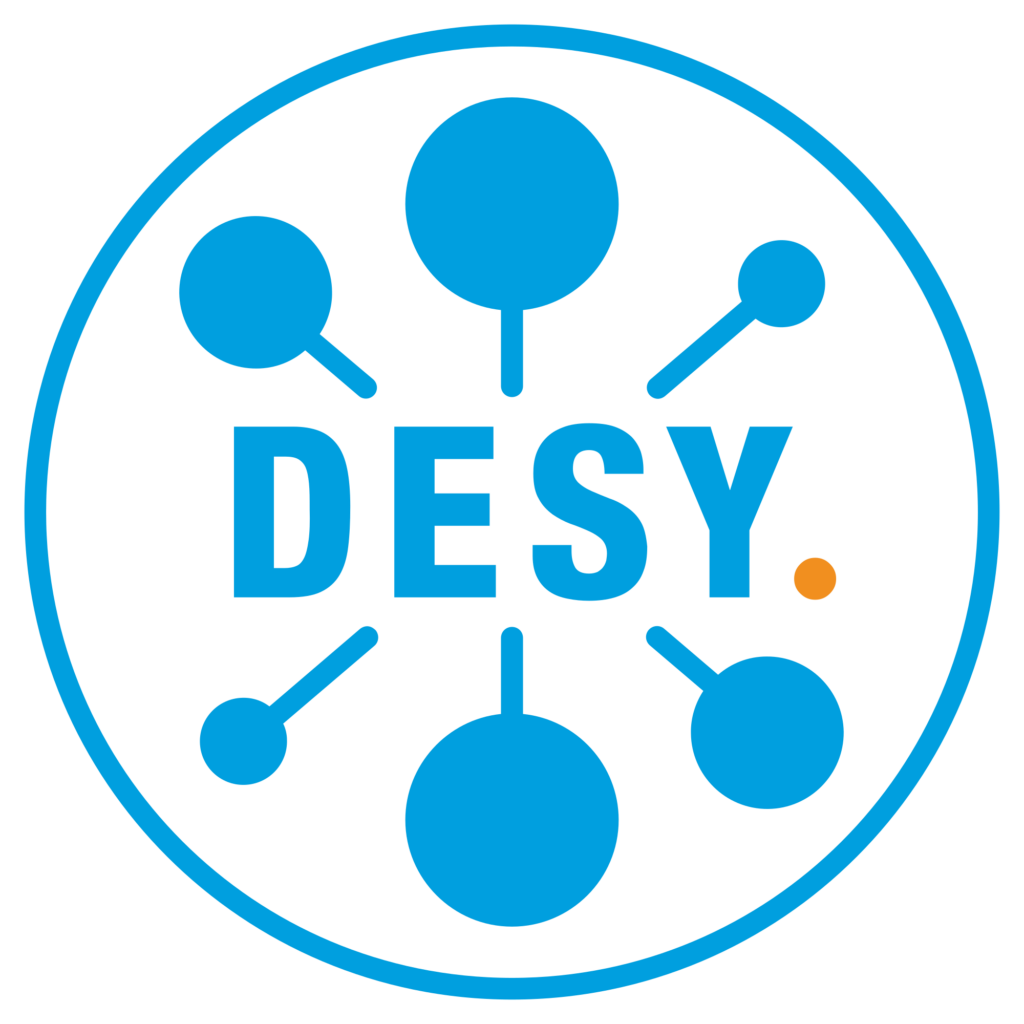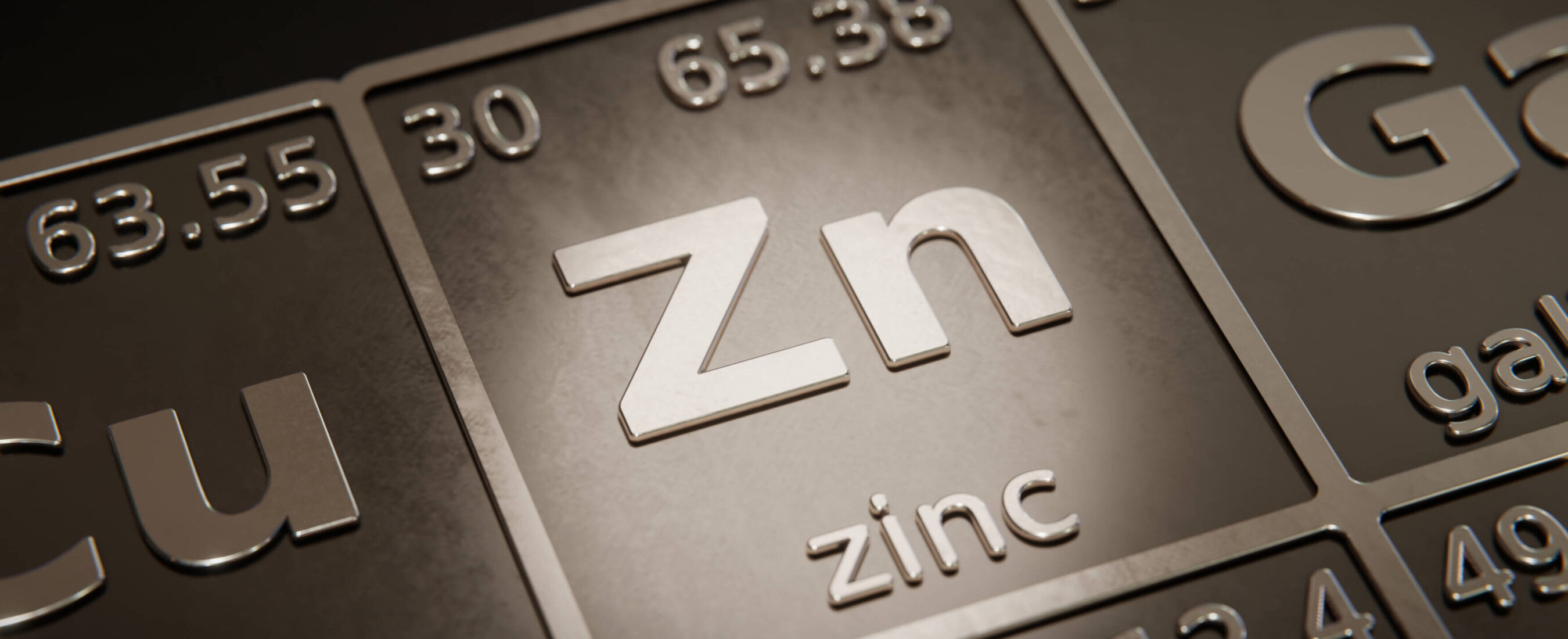Send us your feedback
Here you can send us feedback on the Maxess-website. Please describe the problem or what’s missing in a clear way, and on what page you found the issue. Thank you so much for your help!
Identifying Toxic Compounds in Incineration Bottom Ash
The Water Research Center (WRc) came to synchrotron light source PETRA III to speciate zinc compounds in bottom ash from incineration plants. Some of these compounds are highly eco toxic and need special attention during disposal to avoid damage to the environment. A precise analysis of the bottom ash supports waste recovery, avoids landfill disposal and protects the environment.
Problems with Handling Zinc Compounds
Zinc has emerged as the most challenging element to characterize in the ashes. Its reactive nature makes it impossible for wet chemical extraction tests to be able to differentiate among different zinc compounds. Also, its concentration in the ashes is too low for the most common standard analytical techniques. To precisely differentiate and quantify the various compounds synchrotron radiation facilities offer high flux radiation making analysis of lowest concentrations possible.
Writing a Library with Synchrotron Light
WRc came to PETRA III with the aim to extend their library of zinc compounds. In this library information about mineralogy, origin of ashes and total composition are collected, to ease further ash handling by providing compound references. In the beginning WRc needs most sensitive methods, as they can be found at a synchrotron facility like PETRA III. With X-ray absorption techniques, such as EXAFS and XANES, WRc and PETRA III scientist were able to identify and classify all zinc compounds. The identified and classified compounds were used to expand and improve WRc´s compound library.
Are These Measurements Repeatable?
Another big part of this study was to prove that reliable speciation of metal compounds can be performed at different synchrotron with a suitable beamline. XAS measurements at other synchrotrons showed the same results as WRc´s beamtime at PETRA III. Once proven that the measurements carried out under the same experimental conditions at different beamlines can be compared, it would be extremely useful if a shared collection/data-bank of EXAFS spectra around the K-energy of key elements of interest would be made available also to the private sector. This would represent a major scientific upgrade and commercial opportunity at the same time.
Contact Partners
Case Details
DESY, The Water Research Centre Limited (WRc)
Advanced and Applied X-ray absorption spectroscopy beamlines P64 & P65





